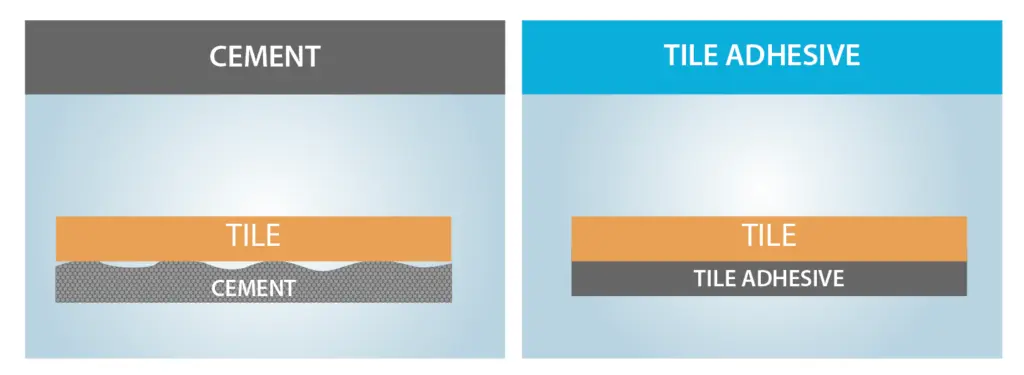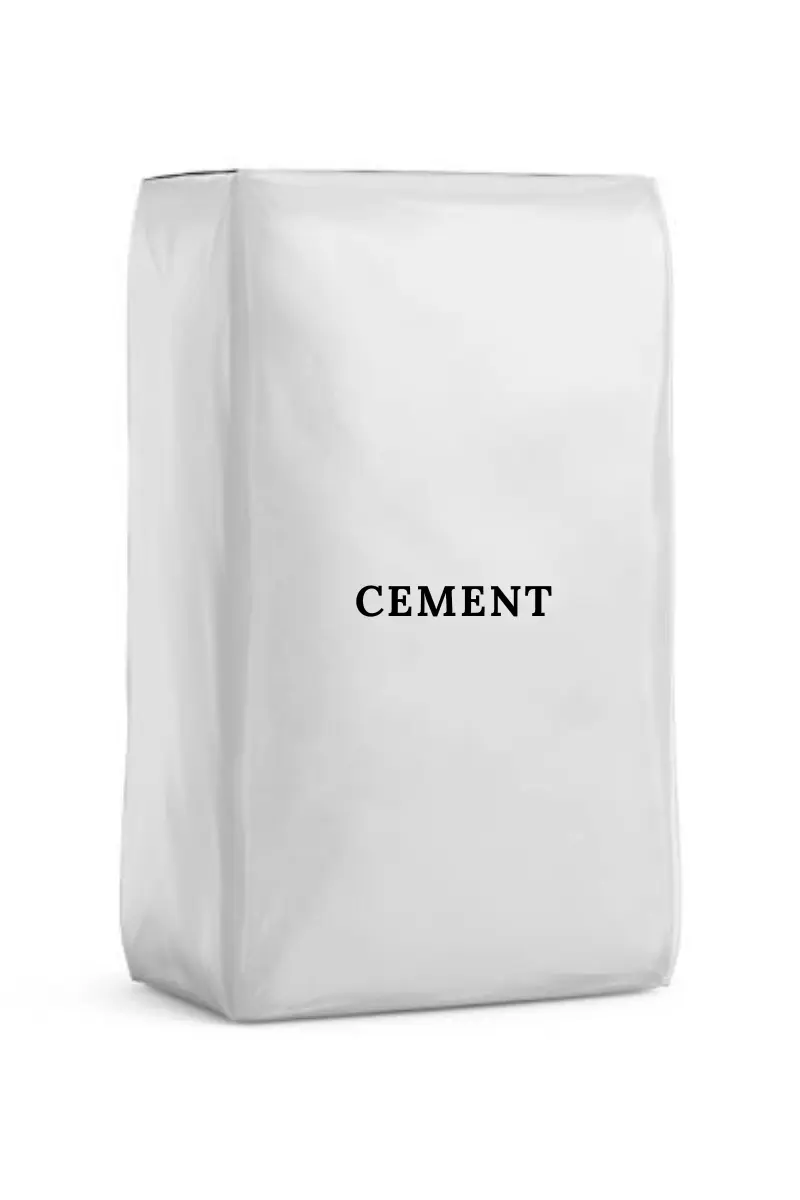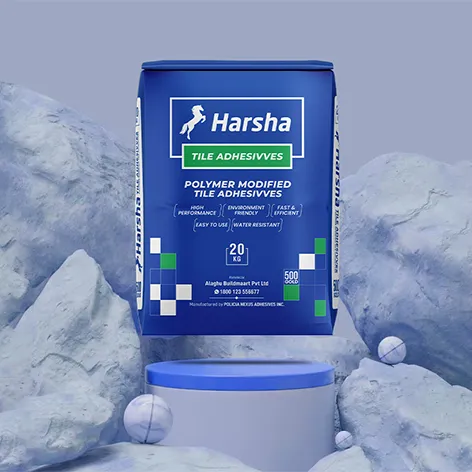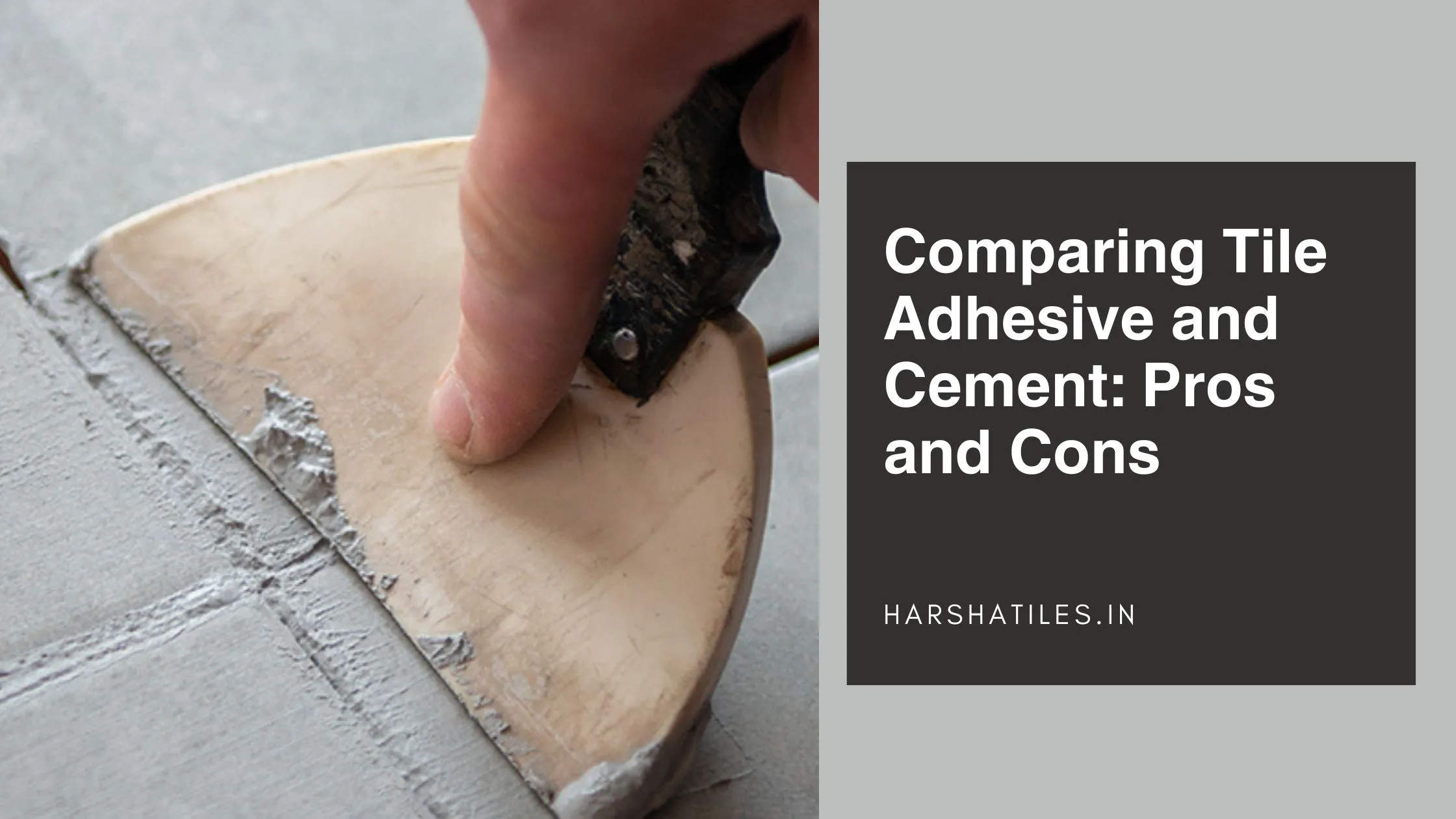Nov 09, 2025
Connect With Our Team
Comparing Tile Adhesive and Cement: Pros and Cons
- Home
- Utilities
- News & Blog
You are going to tile your bathroom walls or your kitchen back splash, and your mind has yet to be made on whether to use tile adhesive or cement. Both have their pluses and minuses regarding ease of application, durability promised, and cost. Reading through critical differences between these two will help you decide what is best to do in line with a tiling project and a fixed budget.
With the appropriate information, you will have the right to make an informed decision and leave with beautiful, long-lasting results. This article breaks the two down in terms of pros versus cons, including insight into prep work, open time, water resistance, price, and much more. Keep reading for your best up-and-coming tiling option.
Tile Adhesive vs Cement: Key Differences
What is the tile adhesive?
Tile adhesive is a thick, spreadable substance that bonds tiles directly onto concrete, plywood, or drywall substrates. It just sits there—paste-like in consistency—until mixed up in its plastic buckets or tubs. You use a notched trowel for spreading it, and all you need to do is to set your tiles in place and let them cure.
What is Thinset Cement?
Thinset cement, otherwise known as thinset mortar, is a dry, powdered mixture of cement, sand, and additives. Mix it with water to achieve a workable paste consistency before applying it to set tiles. It's thinner than mastic but thicker than dry mortar once mixed.

Key Differences
The main differences boil down to composition, application and performance:
-
Composition: Adhesives are ready-mixed pastes, whereas cement is a dry powder mixed with water.
-
Application: Easy spread – adhesives, greater force required – thinset. Adhesives spread easily but have less open time. Thinset requires more force but has more open time.
-
Performance: Thinset offers a more robust bonding capacity and longevity compared to adhesive, hence making it suitable for flooring.The adhesives do not take much weight or moisture.
Which One to Use?
Mastic adhesive is durable only for tile installation on walls, ceilings, or backsplashes in dry areas. For load-bearing purposes, such as floors, showers, or outdoors, elect the strength and moisture resistance of thin-set cement. This is the professional-grade material that you can feel good about for durable tile installations.
Pros and Cons of Using Tile Adhesive
Convenience Trumps All
Are you looking for an easy tile installation? Tile adhesive will be your best friend. No more mixing of cement and all the messes involved with it. With adhesives, you only need a bucket and a trowel no more and no less. It's that simple: just spread on some gooey substance and press your tiles into place.
Faster Installation
Time is money, and tile adhesive can save you both. Unlike cement, which requires that you sit and wait for it to cure, adhesive lets you grout and walk on your new tiled surface within hours. And this makes it an excellent choice, especially when you need a tile job done fast or when your schedule really presses you.
Versatility Reigns Supreme
One of the biggest pros associated with tile adhesive, though, is its versatility in that it can be used on such surfaces as drywall, plywood, and even on existing tile. This would make it a go-to choice in those weird areas where traditional cement may also not work.
Strength Has Its Limits
While tile adhesives are very convenient, they aren't the most powerful. Nothing can beat the bonding power of cement; hence, it's optimal for high-traffic or perpetually wet areas.
Limited Lifespan
Adhesives can break down with time, most especially due to water or extreme temperature exposure. This means that while they might be a quick fix, you might have to redo the job in a few years if the adhesive fails.
Cost Considerations
While tile adhesive may appear to be the cheaper option at the front, it runs into high costs, especially in larger projects. In the long run, cement tends to be more economical; hence, this is a better choice for people operating on meager budgets.
The choice between tile adhesive and cement solely depends on the needs, budget, and requirements of the work. Weigh carefully the pros and cons to arrive at a decision most appropriate for your tiling job.
CHECK OUT THE BEST TILES ADHESIVES
Pros and Cons of Using Cement
Durability of Cement
This is attributed to the superb solidity and strength that cement possesses. The cement does not crack or crumble under heavy weights and is, therefore, the safest bet for laying tiles in places with high foot traffic, such as entryways or heavy kitchens. Proper installation and a cement-tiled floor will give very little trouble surviving for many decades.
This hardy nature also means that it is very resistant to moisture, much more than some tile adhesives. You will not need to fear that, with time, the bond will weaken due to water damage.
Labor-Intensive Installation
One of the significant drawbacks of cement is that laying tiles using it is such a labor-intensive activity. This means meticulous surface preparation, mixing up the cement precisely, securing the tiles in their places, and ensuring it doesn't dry on you before you have them all laid. One slip-up and you might end up with some sloppy, uneven floor.
Tile adhesives allow time for the installer but provide professional results. Allows flexibility with extended drying times to adjust anything that may need attention.

Cost Considerations
While cement itself makes comparisons in price with more expensive tile adhesives, once much of the labor involved in its execution is factored into place, it becomes, overall, more costly for many jobs.
This can involve adhesives, which significantly reduce labor costs because of the much quicker job. Thus, they may be more economical if you're paying professionals or highly value your time.
Environmental Impact
There are some issues with cement if you're nicely ecologically minded. It's emission-intensive to make, for one thing, and it requires mining ingredients like limestone. Most tile adhesives now come from more sustainable materials and manufacturing processes themselves, so in that regard, they are blurring into being "greener".
No option is perfect for every situation, but weighing the cons against the pros of cement versus adhesives will help ensure your vision turns out as envisioned.
Conclusion
There you go the key differences between tile adhesive and cement for tile installation. Each has its pros and cons, depending on the specifics of your tiling project. The takeaway would be that in most indoor house projects, flexible tile adhesive is the way forward for an easier installation and better long-term performance. But there's a place for cement mortar when looking at heavy-duty and outdoor applications. Just be sure to do your prep work and follow instructions carefully with either option. And don't forget those
Latest Blogs
Got questions? Fill out the form and get in touch with us!
Harsha Tiles
21,22 Cowley Brown Road ,
R.S. Puram,Coimbatore – 641002.
2025 Harsha Tiles | Design And Managed By : LLS - INDIA
Whatsapp Chatx
Hi! Click one of our representatives below to chat on WhatsApp or send us email to info@harshatiles.in
 |
Mr Saleem +91 82702 80707 |
 |
Mr Martin +91 78688 86655 |

We will love to hear from you!



